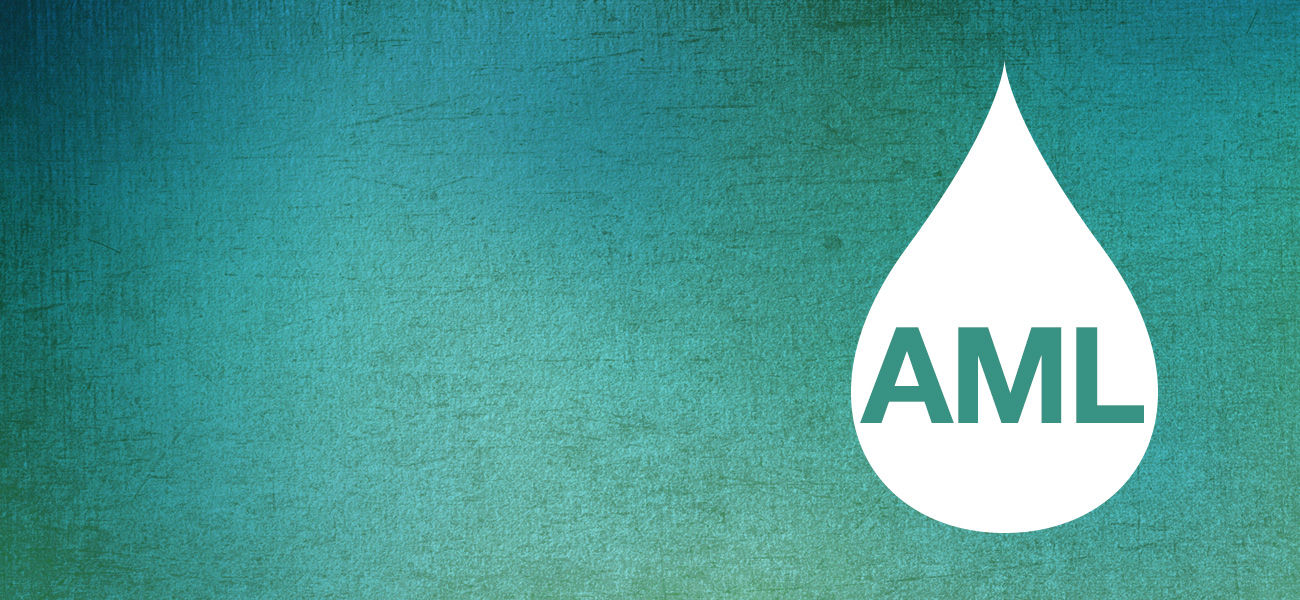Both cancer therapy and acute myeloid leukemia (AML) can sometimes produce side effects. For most patients, side effects are temporary and subside once the body adjusts to therapy or when therapy is completed. For other patients, side effects can be more severe, sometimes requiring hospitalization. The side effects of chemotherapy may vary, depending on the drugs used and the overall health of the patient.
Talk with your child’s doctor about potential side effects. Medications and other therapies can prevent or manage many side effects.
Side Effects and Complications
Low blood cell counts. AML decreases the production of normal blood cells. In addition, chemotherapy is toxic to both normal blood cells and AML cells. The normal blood cells are eliminated from the marrow along with AML cells. For the patient, this can lead to:
- Anemia: Low red blood cell count
- Thrombocytopenia: Low platelet count
- Neutropenia: Low neutrophil (a type of white blood cell) count
Children with severe or prolonged low red blood cell and platelet counts almost always need to receive transfusions of both red blood cells and platelets for several weeks during treatment for AML. After that, the blood cell counts usually return to normal levels.
Infection. During AML treatment, low white blood cell counts can increase the risk of infections. When patients have a low white blood cell count, antibiotics are commonly given to prevent bacterial infection, and other drugs are given to prevent fungal and viral infections.
Encourage your child and family to practice frequent and vigorous handwashing and take other precautions to avoid exposing your child to bacteria, viruses and other infection-causing agents. Caregivers of children who have central lines or ports need to carefully clean the sites, as instructed by the medical team.
Seek medical attention immediately if you child shows any signs of infections, including the following:
- A temperature of 100.4°F or higher
- Chills
- Coughing
- Sore throat
- Pain during urination
- Diarrhea
Tumor Lysis Syndrome. Children with AML may be at risk for developing a condition called “tumor lysis syndrome” (TLS). This condition occurs when a large number of cancer cells die within a short period of time, releasing their contents into the blood. TLS can be severe during the early phases of treatment, especially for children who have very high white blood cell counts before they start induction therapy. Uric acid is one of the chemicals released by dying cancer cells. Very high levels of uric acid and other chemicals can cause severe damage to the kidneys and heart. If untreated, TLS can lead to heart arrhythmias, seizures, loss of muscle control, acute kidney failure and even death.
Supportive care should include hydration to reduce the risk of developing TLS. IV fluids are usually started at the time of diagnosis and are continued throughout chemotherapy to prevent chemical imbalances in the blood and to support kidney function. Medicines used to treat high uric acid include allopurinol (Zyloprim®) or rasburicase (Elitek®), which prevent or lessen the effects of this condition.
Differentiation Syndrome. This is a potentially life-threatening complication of treatment with differentiating agents, such as all-trans retinoic acid (ATRA). It usually occurs within 1 to 2 weeks after the beginning of treatment, but it can occur later. Symptoms include fever, swelling in the limbs and trouble breathing. Patients may also experience a drop in blood pressure and have fluid buildup around the lungs or heart. Treatment consists of steroid therapy or administration of the antimetabolite drug hydroxyurea, and must begin when the first signs or symptoms appear.
Other Side Effects. The following side effects are also common.
- Hair loss
- Rashes
- Itchy skin
- Mouth sores
- Diarrhea
- Nausea and vomiting
- Loss of appetite
- Headaches
- Fatigue
- Fertility problems
These short-term side effects usually go away once a patient has completed treatment. There are drugs and other supportive therapies to either prevent or manage many side effects.
Learn more about AML treatment side effects and how to manage them.
Related Links
- Download or order LLS's free booklets:
- Childhood Blood Cancer
- Caring for Kids and Adolescents with Blood Cancer: A Workbook for Families
- Managing Side Effects
- Integrative Medicine and Complementary Therapies
- Food and Nutrition
